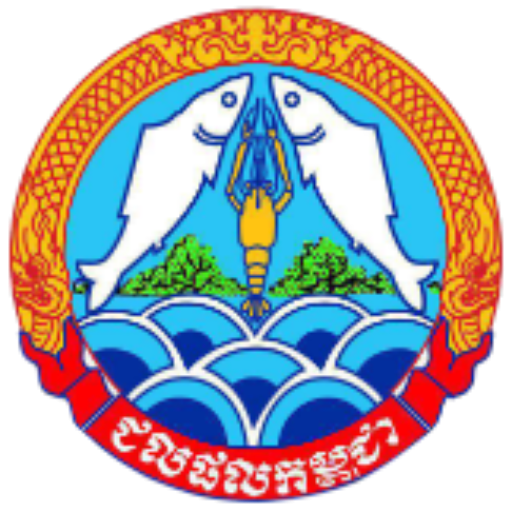Export requirements for Japan market
Important note
The export requirements library outlines destination country requirements you need to meet when exporting. Their purpose is to facilitate access to overseas markets for Cambodian exporters.
The destination country conditions provided below are based on information available Department of Post-harvest Technologies and Quality Control (DFPTQ) at the time of posting (June 2024). Before you commence full-scale production and export your products to a foreign market, it is your responsibility to confirm the current import, regulatory and commercial requirements with the importer and the foreign competent authority. You are responsible for ensuring that your exports comply with applicable Cambodian and importing country requirements. When you request an export certificate, the DFPTQ may request that you provide written documentation or verification to confirm that your products have met Cambodian and importing country requirements.
Eligible
Japan, renowned for its voracious appetite for seafood, stands as a prominent global consumer in this domain. In the year 2022, the nation’s import of seafood products amounted to a staggering $15 billion, securing its position as the third largest importer worldwide. Notably, imports cater to half of Japan’s insatiable demand for seafood, highlighting the nation’s reliance on external sources to meet its culinary preferences.
Illegal, unreported, and unregulated (IUU) fishing is a major threat to the sustainable use of fishery resources. To address this issue, the Act on Ensuring the Proper Domestic Distribution and Importation of Specified Aquatic Animals and Plants (the Act) has been passed and enacted. The Act will come into effect on December 1, 2022, and aims to regulate the importation and distribution of specified aquatic animals and plants in Japan.
More information can be accessed at https://www.jfa.maff.go.jp/220614.html
Starting from December 1, 2022, Japan has implemented new regulations to combat IUU Fishing. To export certain aquatic animals and plants, such as squid, cuttlefish, Pacific saury, mackerel, and sardine, a Certificate of Legal Harvest will be required. These species are considered vulnerable to IUU Fishing by foreign vessels and will be closely monitored under Japan’s import regulations. However, certain products derived from these species, like organs, roes, flours, and fishery products not suitable for human consumption, are exempt from the catch documentation scheme. Additionally, tuna and other fish species already covered by existing programs to prevent IUU fishing are also excluded from Japan’s catch documentation scheme.
Information about residues and contaminants in fishery products, such as agricultural chemicals, pesticides, and veterinary medicines, on the Database of Japanese Chemical Research Foundation (http://db.ffcr.or.jp/front/). This database provides details about the allowed substances and their maximum residue limits (MRLs).
Japan has implemented regulations regarding the presence of pharmacological active substances from veterinary medicines in food, including fishery products. The country prohibits the residues of specific pharmacological substances to ensure the safety and quality of its food supply. The list of prohibited substances can be seen as the below.
https://www.ffcr.or.jp/en/zanryu/the-japanese-positive/positive-list-system—not-detected.html
The requirements for the environmental contaminants can be accessed at
http://dof.qcrs.gov.mm/wp-content/uploads/2018/11/Annex-6e-Chemical-Criteria-Japan-22-July.pdf. The list was prepared based on the regulations enacted in July 2018.
Specifications and Standards for Food, Food Additives, Etc. Ministry of Health and Welfare Notification No. 370, 1959 can be found online at
https://www.mhlw.go.jp/english/topics/foodsafety/positivelist060228/dl/r01_a.pdf
Guidebook for Export to Japan (Food Articles for Seafood and Processed Products) published in 2011 by Japan External Trade Organization (JETRO) can be found at the following link. https://www.jetro.go.jp/ext_images/en/reports/market/pdf/guidebook_food_seafood_processed_products.pdf

